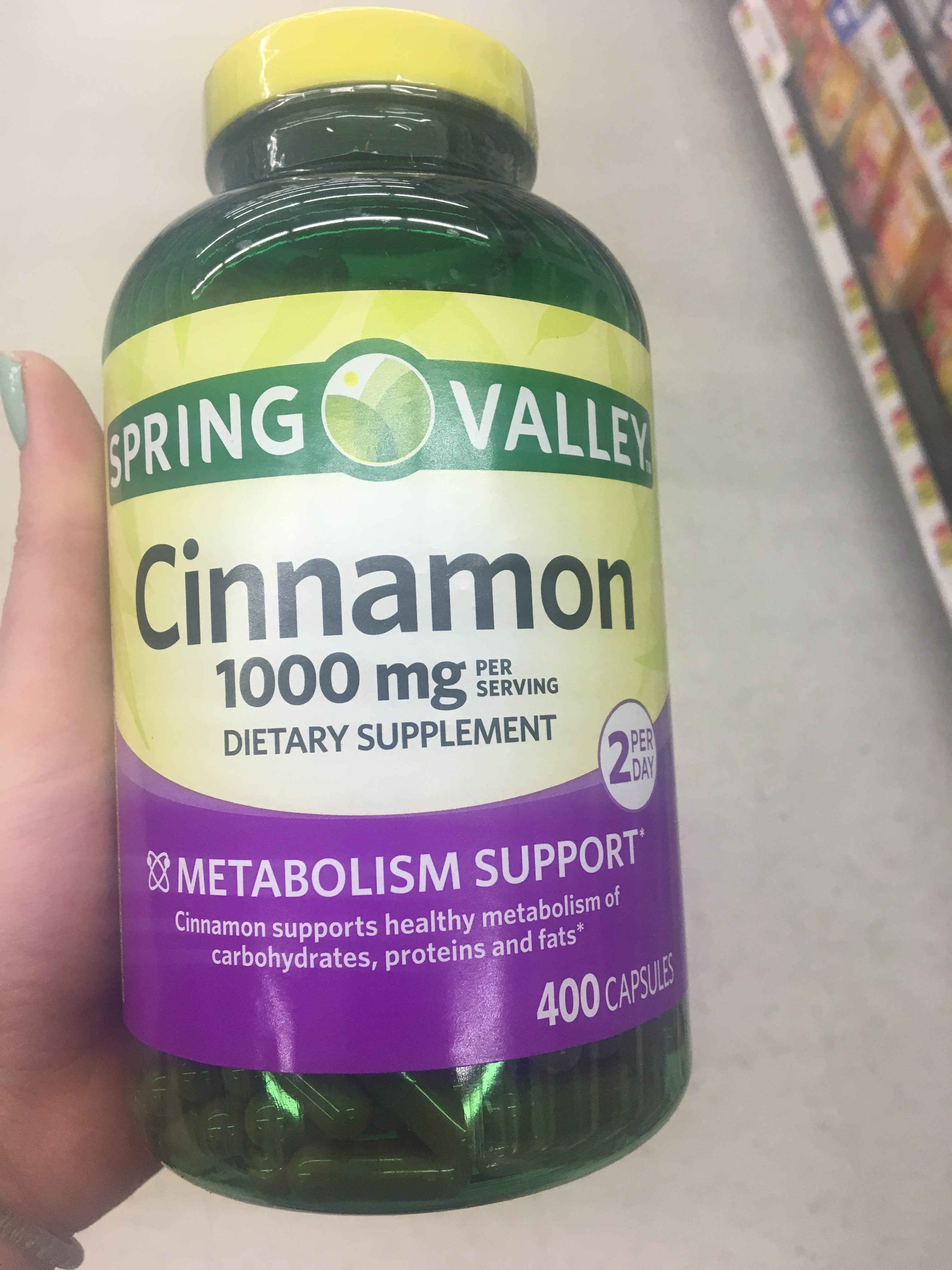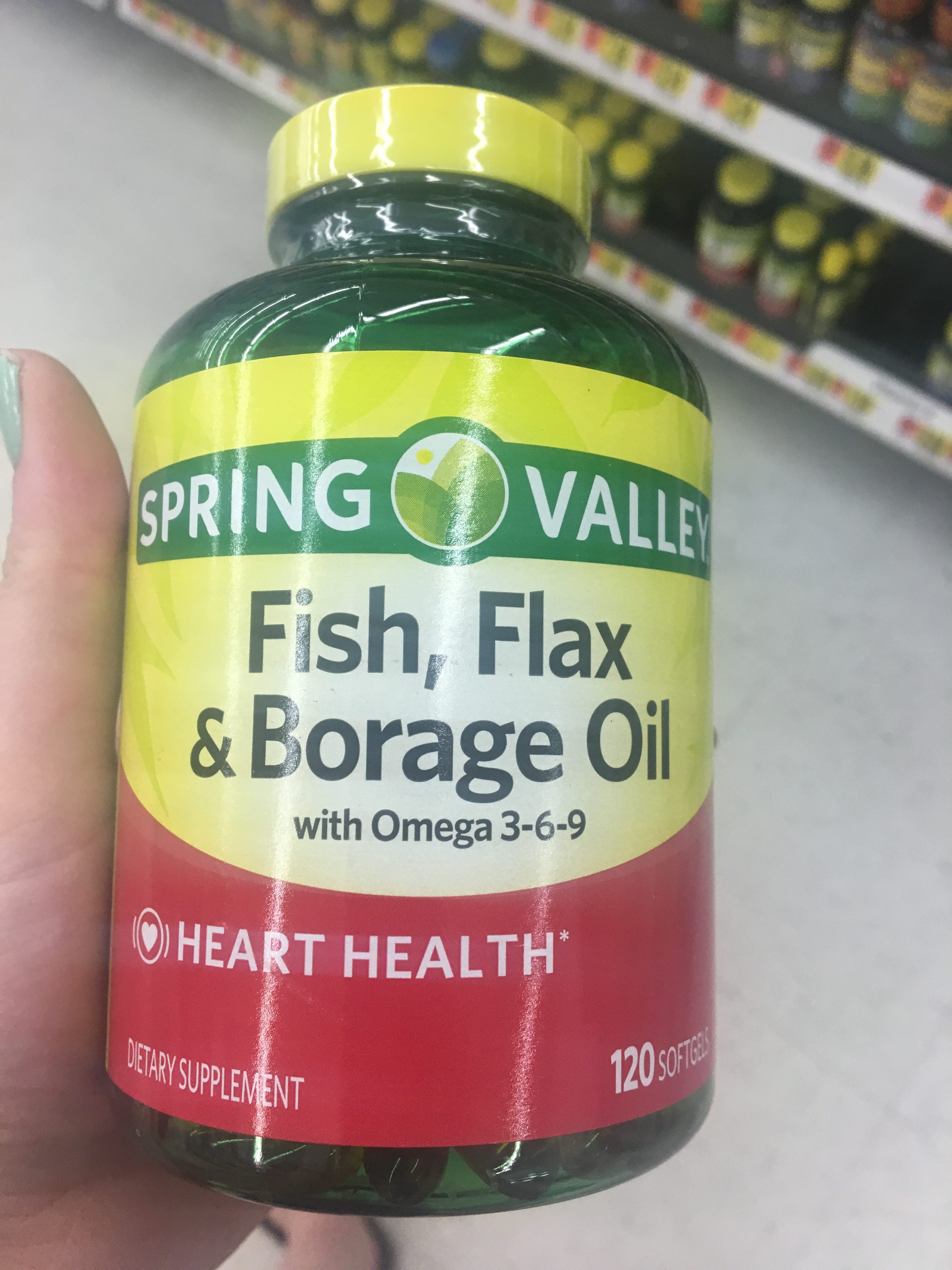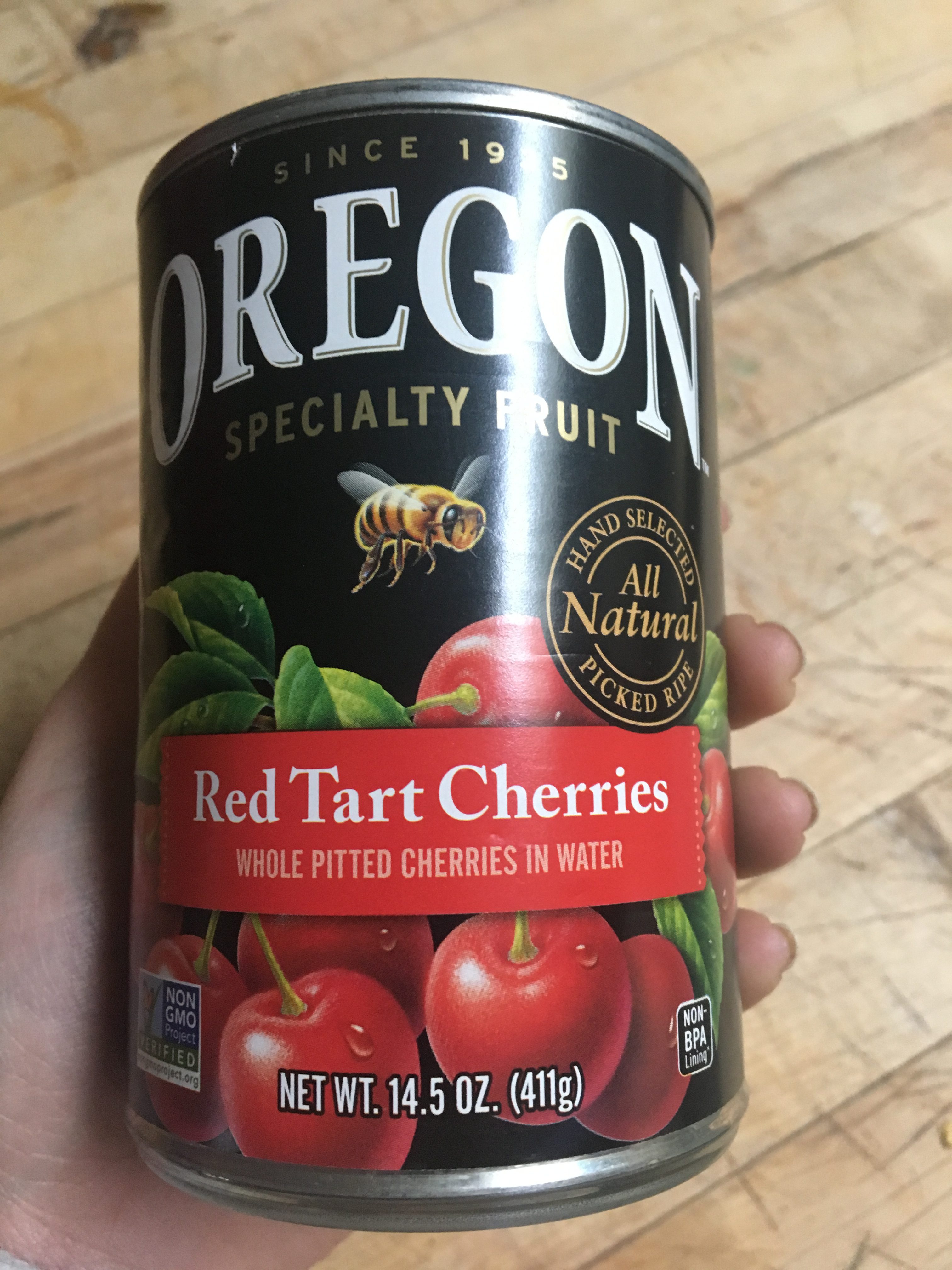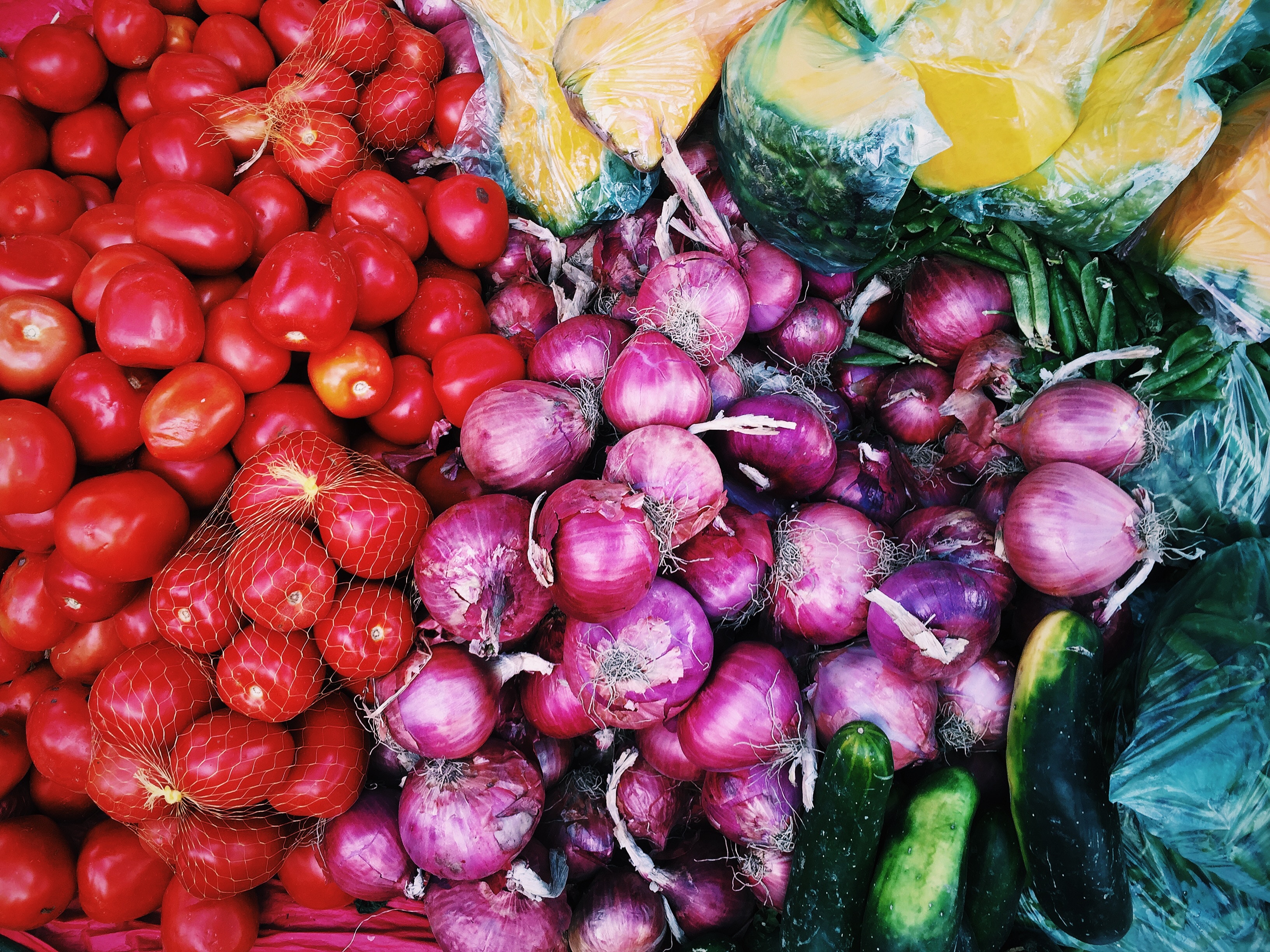Depending on who you ask, you might find anti-inflammatory recommendations that encourage complete elimination of sugar and carbohydrates to decrease inflammation. This reasoning is often used as support for a keto diet ____. As is frequently the case, though, those recommendations are likely unnecessary extremes and everything is case-by-case. For one thing, you can probably achieve the anti-inflammatory benefits you’re looking for while still including well chosen, nutrient dense complex carbohydrates. Secondly, why over-restrict if we can still enjoy some tasty treats in moderation? That’s how we balance meeting health goals and living a life we love! So what does the research actually say about carbs and inflammation?
Multiple studies have linked consumption of concentrated sugar and simple carbohydrate consumption with increased levels of inflammation.1-2 A long time ago I talked in this post about what happens when we eat carbs and how we break them down into blood sugar to use as fuel. Those fuels are stuck in the blood until insulin comes around to let them in to our cells. Research draws a strong link between chronic inflammation and insulin resistance.3 This is a vicious cycle because insulin resistance means that blood sugars get stuck in the blood without a way out, causing fat storage and inflammation.4 Stored fat then produces inflammatory factors which make insulin resistance worse! Not fair.
- Focus on eating more complex carbohydrates than simple carbohydrates like sugar. What does that mean? Well, complex carbohydrates are long chains of sugars that take much longer to digest, break down, and enter our blood, thus making our blood sugar much more stable (and preventing inflammation from blood sugar spikes). Simple carbohydrates are individual sugars or tiny chains of sugars that break down very quickly and enter the blood rapidly, causing a sharp spike in blood sugar that is inflammatory. Complex carbohydrates like whole grains, beans, and vegetables are connected with lower levels of inflammation.5 Same goes for high-fiber carbohydrates like fruit.
- Avoid eating too much carbohydrate at once. Just like with diabetes, the key to preventing carbohydrate-induced inflammation is keeping the blood sugar from going too high. Eating controlled amounts of carbohydrate throughout the day can help keep your energy up and your inflammation down.
- http://ajcn.nutrition.org/content/94/2/479.short
- https://www.hindawi.com/journals/mi/2013/509502/abs/
- https://www.jci.org/articles/view/19451
- http://www.jbc.org/content/280/6/4617.short
- https://www.ncbi.nlm.nih.gov/pubmed/17391554
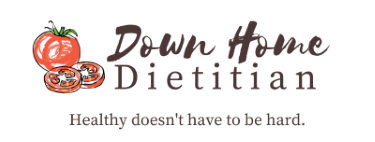
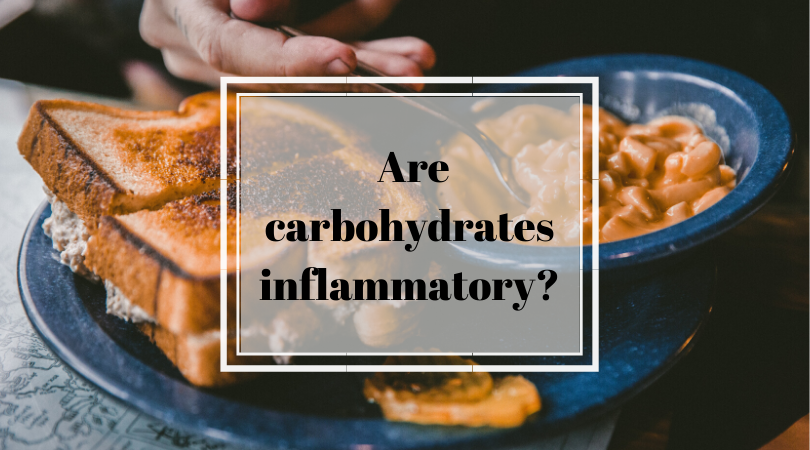
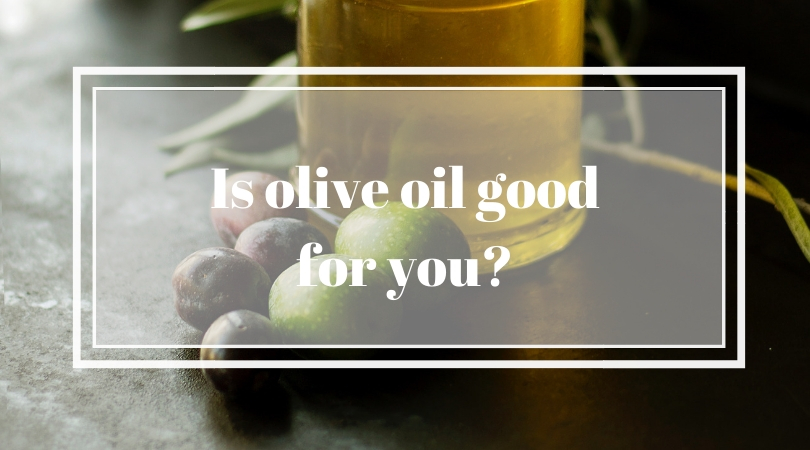
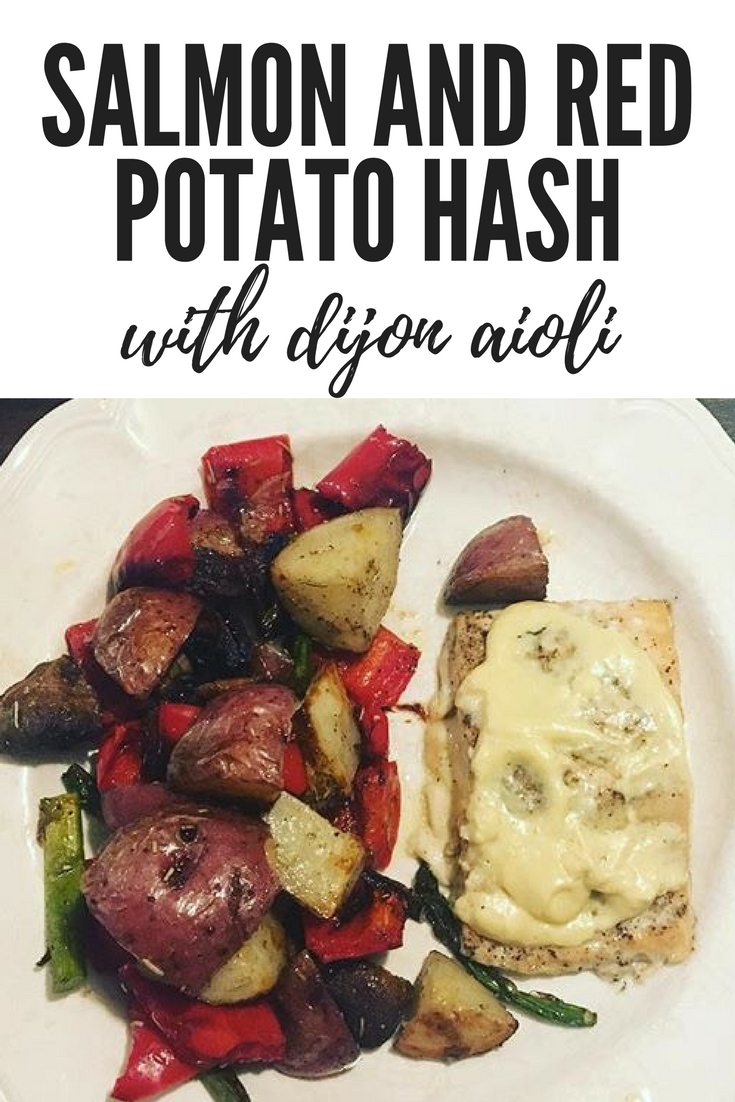

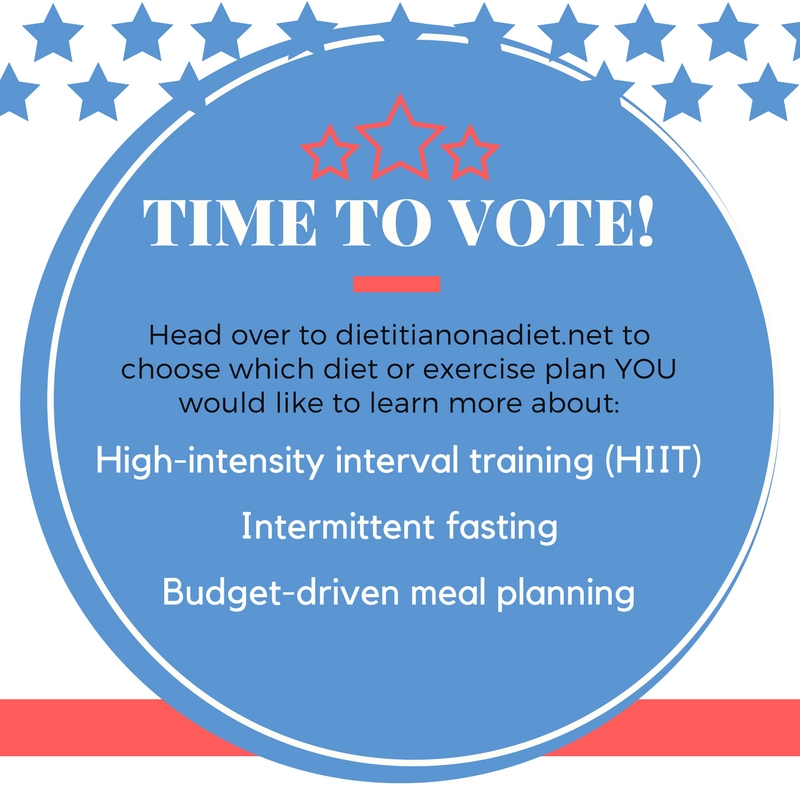 Be sure to enter your vote for Dietitian on a Diet’s next feature! The runners-up are:
Be sure to enter your vote for Dietitian on a Diet’s next feature! The runners-up are: